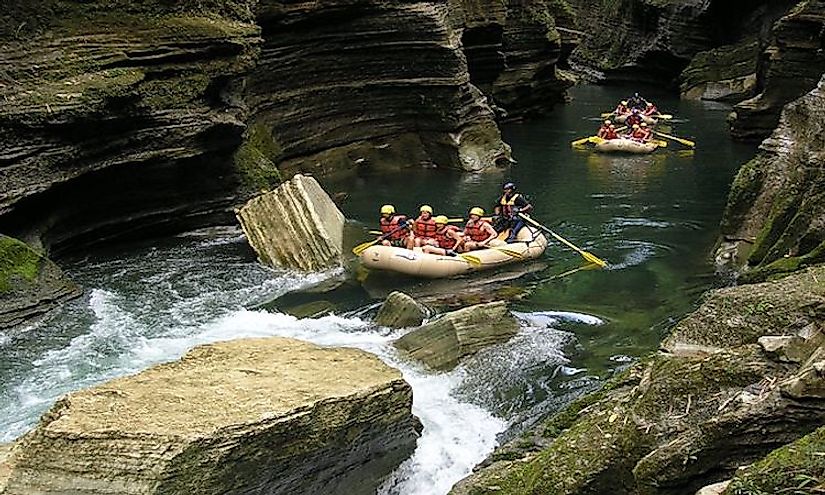What Is The RAMSAR Convention?

What Is The RAMSAR Convention?
The RAMSAR Convention is an international treaty aimed towards the conservation and sustainable use of wetlands. The Convention was signed in the city of Ramsar in Iran where it derives its name in the year 1971. Representatives from the Conference of the Contracting Parties (COP) meet after every three years to supervise the work done by the convention and to upgrade the Parties’ ability to carry out its objectives. In 2015 Punta del Este, Uruguay held the most recent conference dubbed COP12 whereas COP13 will take place in 2018 in Dubai, United Arab Emirates.
Ramsar’s List of Wetlands Of International Importance
By March 2016 there were approximately 2,231 sites in the Ramar list of wetlands of international importance. The sites in the list cover over 2.1 million square kilometers. The United Kingdom is the country that has the highest number of Ramar sites standing at 170. Bolivia is the country with the largest area of listed wetlands covering an estimated area of over 140,000 square kilometers.
International Partnership And Other Partners
There are 18 Transboundary Ramsar Sites and 15 Regional Ramsar Initiatives that cover Asia, South America, Africa, and the Mediterranean regions. The Convention works jointly with other international organizations referred to as the International Organization Partners (IOPs). There are six IOPs and they include; Wetlands International, WWF International, International Water Management Institute (IWMI), Birdlife International, Wildfowl & Wetlands Trust (WWT), and the International Union for Conservation of Nature (IUCN). These organizations encourage and assist the Convention’s work through financial support, providing professional and technical advice to aid in the implementation of field studies. The IOPs also regularly participate as observing members of the Scientific and Technical Review Panel during COP meetings. Other Ramsar partners include; UN agencies such as UNESCO, UNEP, and UNDP, biodiversity related conventions, a number of Non-governmental organizations that deal with nature conservancy, private companies, and project funding bodies including financial institutions.
Bodies That Were Founded As A Result Of The Convention
Since the establishment of the Ramsar Convention, there has been a total of four bodies that were established to assist in the operation of Convention. The first one is the Conference of Parties (COP) which is the main body in the convention that governs all nations that have ratified the treaty. The Standing Committee is an intercessional governing branch of the Convention which acts as COP’s representative between the triennial meetings. The Scientific and Technical Review Panel (STRP) is a branch of the Convention responsible for providing technical and scientific guidance to the Convention’s other bodies. The Secretariat is the branch of the Convention that is in charge of carrying out the daily coordination of activities that are run by the Convention. The Secretariat is situated at the International Union for the Conservation of Nature (IUCN) headquarters in Gland, Switzerland.
The Ramsar Convention policies are implemented by the consistent partnership with other organizations and the support from its Partners. The World Wetlands Day is celebrated on February 2nd of every year which marks the date the Convention of Wetlands was adopted on February 2nd, 1971. World Wetlands day was founded to help raise awareness of the significance of wetlands to the ecosystem and humanity; it was first celebrated in 1997 and was celebrated by 59 countries in 2015.











